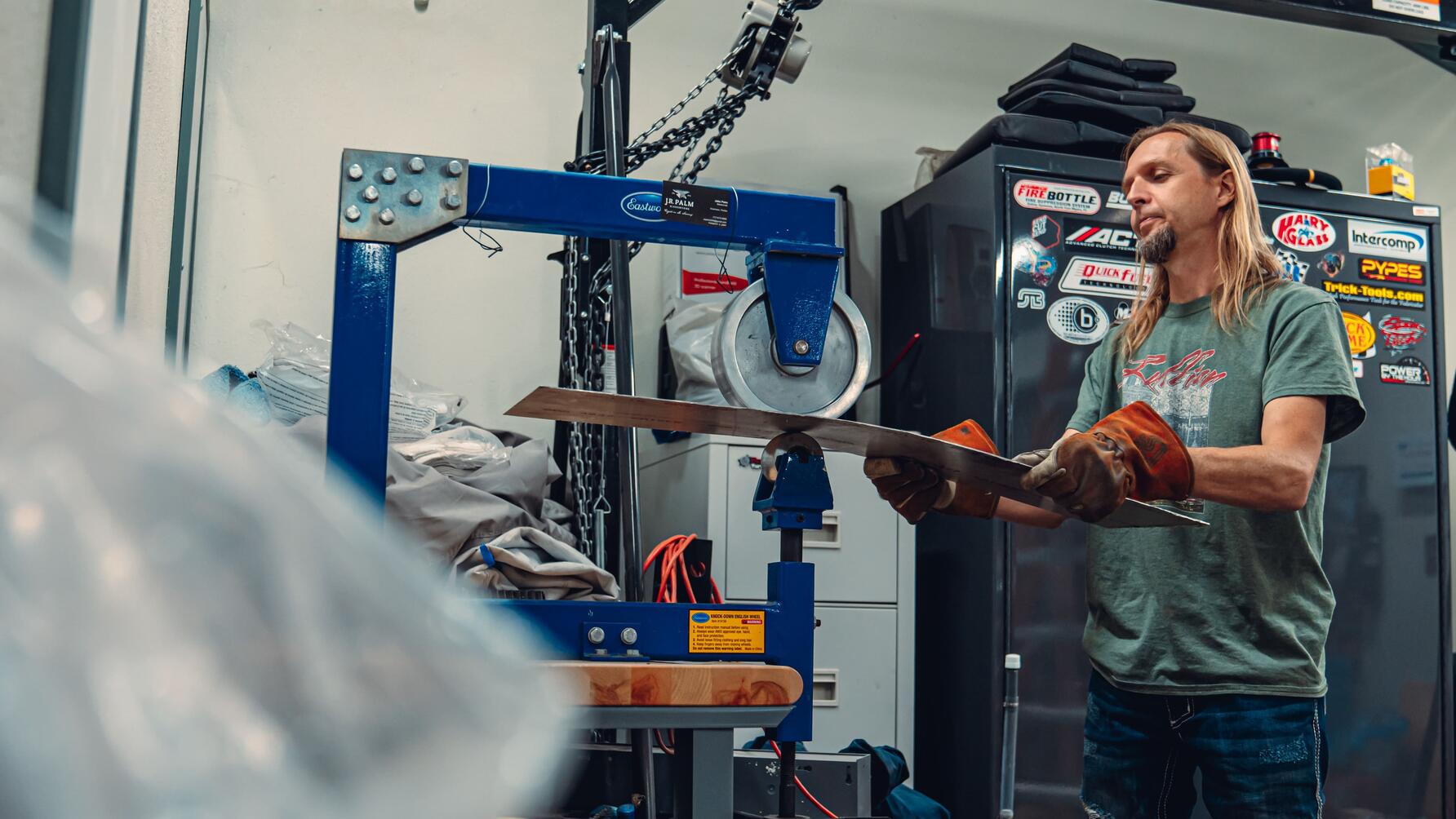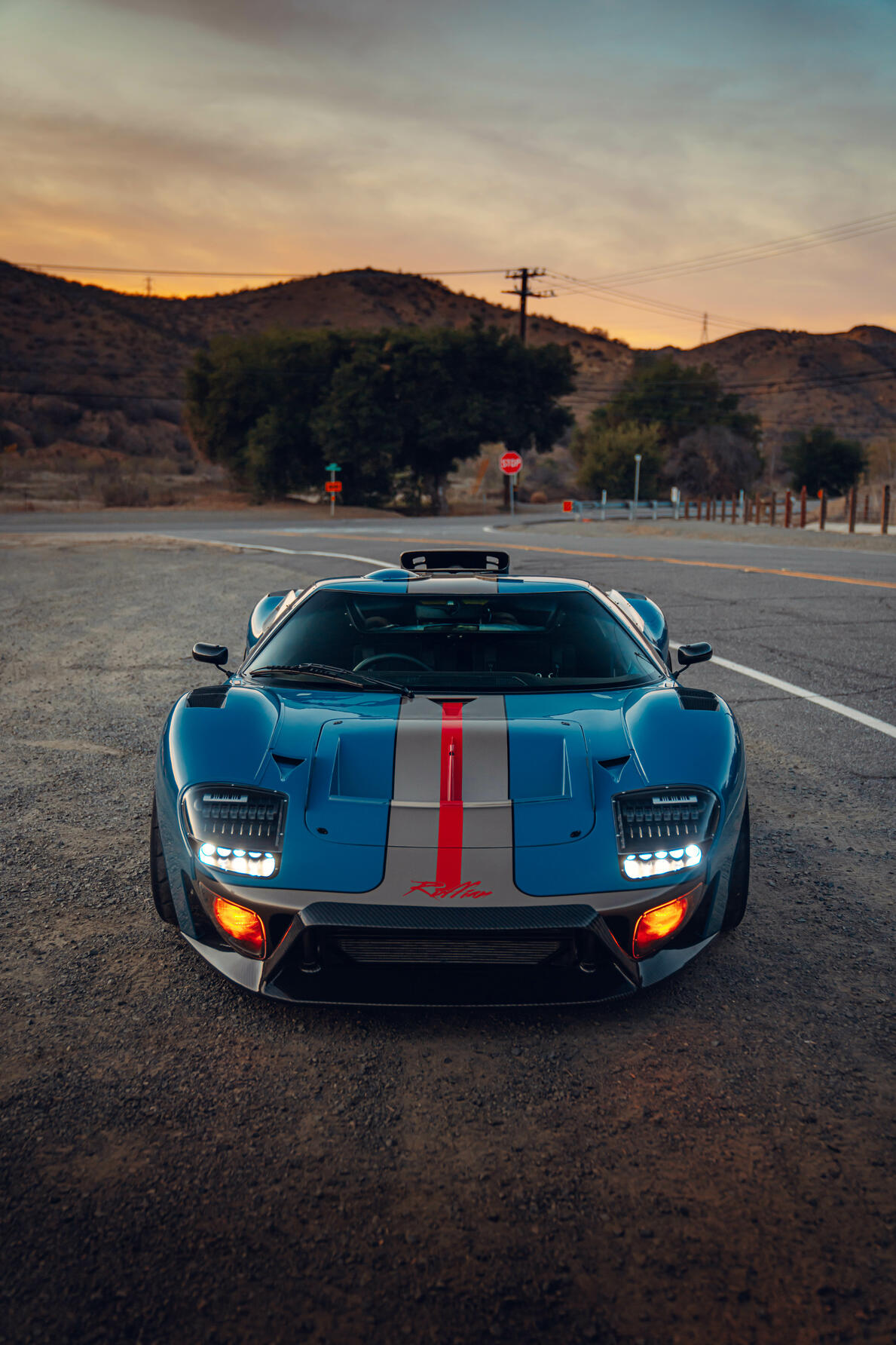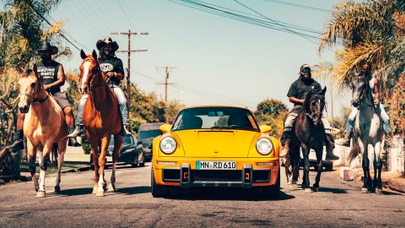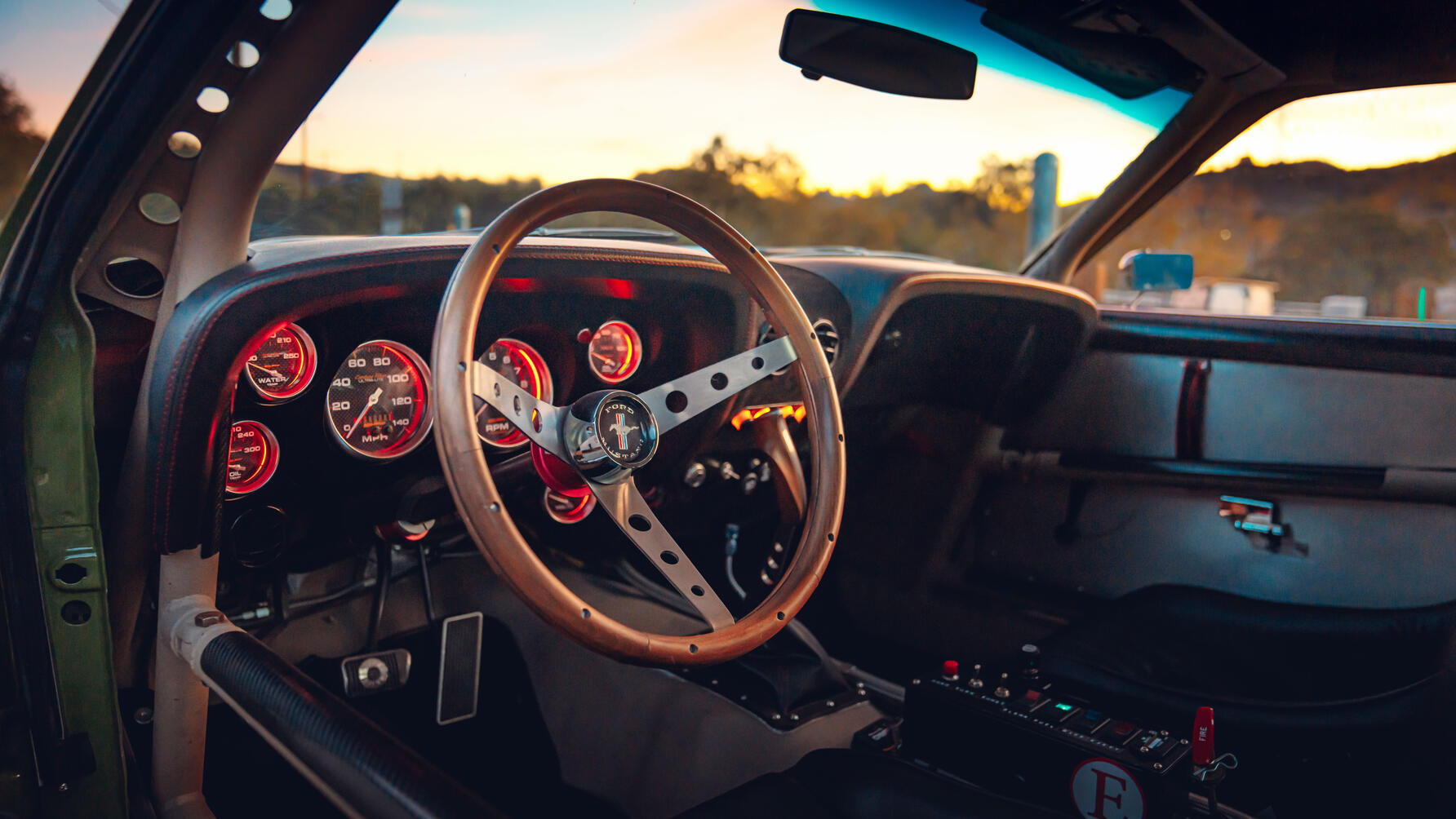
Young Ruffians: Chris Ashton's wild Mustang and GT40 creations
These upgraded American classics could be from a video game, in fact, they’re from the mind of someone who creates them...
The metaverse. It’s a term that’s currently perched precariously on the tip of the tongue of anyone in tech. And it’s the future, apparently. One where we’ll live in the internet going about our daily lives – doing day to day things – in augmented reality, rather than reality reality.
Sounds like a scary Black Mirror episode, right? One that’ll never happen. But, believe it or not, it’s already here.
Last year, people in the Philippines were ditching their day jobs in the real world to take up jobs on Axie Infinity (an online, blockchain-based game where players can earn tokens and cash out in local currency), as they could make more money trading digital pets or becoming dragon blacksmiths/unicorn barbers than a traditional job in the actual universe.
But the human mind, body and soul crave physicality and creativity, something to tickle the left side of our brains while using the limby tools attached to our bodies. And no one knows this more than Chris Ashton, the co-founder/design director of Turtle Rock Studios.

Images: Mark Riccioni
Cutting a scrawny shape in a dimly lit garage in the shadows of Orange County, California, he has the physique and pale complexion of a slightly vitamin D deficient gamer. For good reason, he’s spent his life in the digital world creating famous first-person shooters such as Counter-Strike, Left 4 Dead and Back 4 Blood. But tonight he’s not sat behind a computer, rather the complete opposite: a fantastically analogue and simple tool, the English wheel.
“This is where I come to relax,” Chris says while rolling thick sheet metal back and forth into a satisfying curvature. “As humans we need to use our hands. We intrinsically want to create things. But through automation and digitisation we’re inherently doing less, so this gives me great satisfaction.”
Parked outside is the result of his many, many hours behind an English wheel and planishing hammer: a delicious mangetout green 1970 Mustang Fastback that he designed, built and hand formed himself with nothing more than patience, curiosity, and a handful of YouTube videos.
“I’ve been very lucky to make some money from running a software company. I’ve also had lots of cars (a Lamborghini Gallardo Performante, McLaren 720S, BAC Mono, AMG GT R, C6 Corvette ZR1 and 1969 Superbee to name a few) but it got to the point where I didn’t want to buy cars, I wanted to build cars. Not to sell, either. Just something I can enjoy and call my own.”
That’s where the Mustang comes in. Having been obsessed with both Seventies Mustangs and hairy chested Trans-Am racing, Chris wanted to make himself an old school racecar for the road. But with one fundamental caveat: it had to be functional. What he created is a style that he’s called ‘Ruffian’.
“I had absolutely no automotive experience,” Chris says with a chuckle of imposter syndrome. “Sure, I grew up working on my own stuff – I was the normal grease monkey teenager buying rubbish cars and working out how to keep them going when they inevitably broke. But as I got older, I got better jobs – which meant nicer cars. Cars I wanted to make faster. Then as my business did better, I had more money to buy tools, so got into fabrication.”
Being a keen autocrosser (competitive and affordable grassroots racing around cones in car parks) for over 25 years, he wanted his Mustang to be capable against the clock. Which meant, unusually, it was the tyres that dictated the build. See, autocross is a relatively slow speed form of motorsport, one that’s all about lateral grip. So Chris threw a simple solution at the problem: massive rubber – 315mm for the front and 345mm out back, all wrapped in super sticky Toyo R888R track tyres. He then had to hand form three-inch steel fender flares for the bodywork to make them fit. But this stance also makes this Mustang look the mutt’s nuts – just like an old Trans-Am racer.
Chris went further. Having hit the books he knew that back in the day Trans-Am teams would bend the rules as much as possible to benefit performance. Sometimes blatantly breaking them. Some racing Mustangs had chunks hacked out of the front struts to lower the front of the car by an inch, making it handle better but also giving it a more menacing look with the nose pointing down rather than level with the horizon. So Chris did the same. Which dictated the engine he could put into it, (orthodox Blue Oval fans look away now) a carburetted LS427 – GM’s aluminium-blocked 7.0-litre beast, now making 625bhp and around 560ft lb of torque.
Top Gear
Newsletter
Thank you for subscribing to our newsletter. Look out for your regular round-up of news, reviews and offers in your inbox.
Get all the latest news, reviews and exclusives, direct to your inbox.
Snooping around, you’re drawn to so many enchanting details on the car where form follows function. Like grafting on ’69 rear fender scoops as well as creating some louvres on the front fenders to help with cooling. Or functional front scoops flanking either side of the headlights, or the hinged bar in the full roll cage to make getting in and out easier. But they’re offset with period details that add authenticity.
Unsurprisingly, the Ruffian Mustang caught some attention on social media, with NBA players, rappers and sheikhs with deep pockets all sliding into Chris’ DMs wanting to buy it. But having put three whole years of his life into the project, he didn’t want to sell the car. In fact, he wanted more. So he bought himself a Superformance GT40 MkI and set about making another Ruffian.
As you can see, it’s pretty wild – an exaggerated widebody pseudo-cyberpunk racing slipper that looks ready for the set of Mad Max or the metaverse. But just like the Mustang, this one is functional. And unlike the metaverse, it’s real.
Where the Mustang was all analogue techniques and old school knowledge, the GT40 is a different beast. It’s underpinned by modern methodology and contemporary componentry. Being fibreglass there weren’t slavish hours behind an English wheel making body panels, rather much midnight oil burnt making carbon moulds with the help of concept artists on Instagram. See, Photoshop – for all its failings – is quite the tool when put in the right hands, bringing the ability to mash the polar worlds of Sixties racecar with new trends and visions, creating something completely unique in the process that also doesn’t discredit the original.

Unsurprisingly, Chris’ handiwork, dedication and sickening obsession runs throughout the whole car. Attached to the Ford Racing 52XS V8 engine (putting out 580bhp and 445lb ft) are headers and a handmade octopus equal length exhaust. It’s a majestic Medusa-like plait of metalwork that not only looks stunning but amplifies a classic Americana noise to perfection.
The headlights are also Chris’ loony work. Unhappy with any headlight design he could find, he bought a handheld 3D scanner at great expense to measure the headlight bucket. He then fed this information into his computer before designing and 3D printing his own signature headlight utilising a Harley Davidson lamp. He ended up putting more hours into that one part than the whole of the Mustang’s bodywork altogether. Which tells you a lot.
What brings these two cars together is an achingly cool home brew aesthetic derived from racing but made applicable for the street. Adding the autocross element and massive rubber really rubber stamps the visual ‘Ruffian’ look. But what’s next? Eight more race ready road Ruffians, all different and not for sale. First up, a ’64 Ford Galaxie set for big circuits thanks to hidden aero and – you guessed it – crazy 335 rubber all round. So, before we all plug ourselves into the metaverse, let’s take a minute to celebrate the here and now.
Trending this week
- Car Review
Chery Tiggo 9













